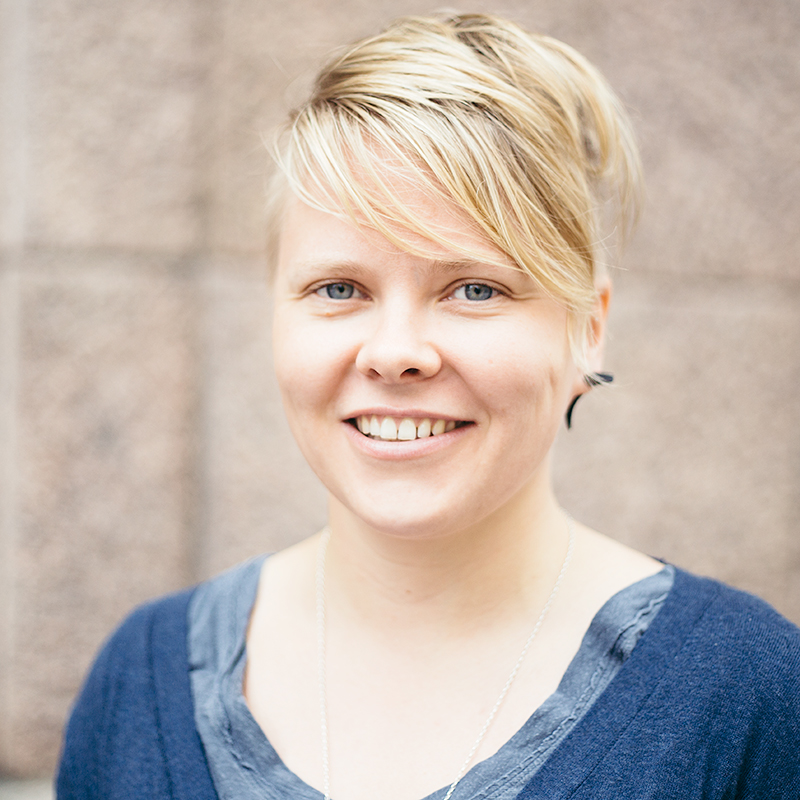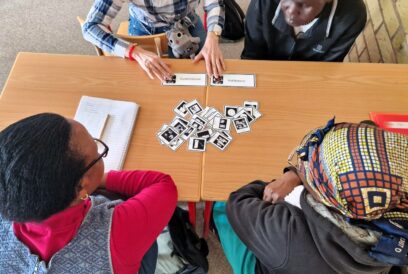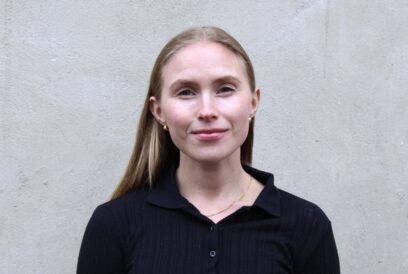
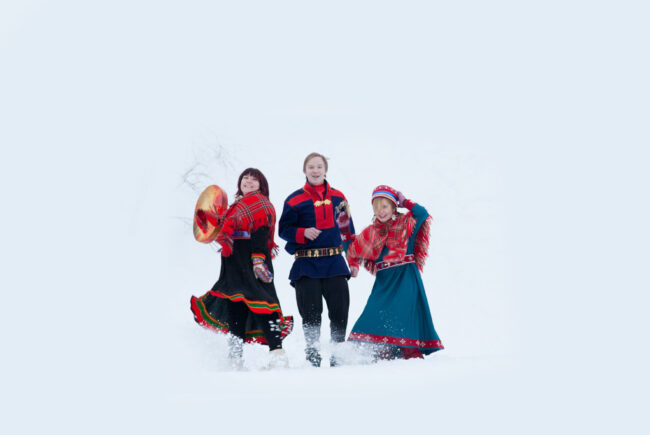
As a result of the assimilation policy, many of the Sámi began to feel ashamed of their language, their culture and their background. / Photo: Ulla Isotalo/ SOG
As a result of the assimilation policy, many of the Sámi began to feel ashamed of their language, their culture and their background. / Photo: Ulla Isotalo/ SOG
It can be challenging for indigenous people to stick to their traditional livelihoods, culture, language and identity in the modern world. To keep their culture vital, the Scandic Sámi people utilise adult education centres across national borders.
The Sámi, a people of a population size of about 75,000-100,000 are the only indigenous people in the EU. They live mainly in the Sápmi area in Lapland, in the northern parts of Finland, Sweden, Norway and Russia. More and more Sámi people are also now living outside of the Sápmi area.
In the 19th century in the Nordic countries and elsewhere in Europe, assimilation became the dominant policy imposed on minorities. For the Sámi, it meant above all the fact that they did not have the right to study and learn their own mother tongue at school.
Older generations still relate to school and institutionalised education in a negative mindset.
For example, up till the end of the 1970s, Sámi children were sent for up to six months at a time to boarding schools where all teaching and boarding took place in the country’s dominant language, Finnish, Swedish or Norwegian. The use of the Sámi language was even punishable.
The result was that many of the Sámi began to feel ashamed of their language, their culture and their background. Finally, this led to a sharp decline in the Sámi language, and many families kept their Sámi background a secret to have their children better accepted into the dominant society.
“It can be that generations from that time still relate to school and institutionalised education in a negative mindset. But this has not necessarily been passed on to the younger generations of Sámi, who are eager to learn in Sámi and in their cultural environment,” says Rauna Rahko-Ravantti, a Sámi researcher from the University of Lapland.
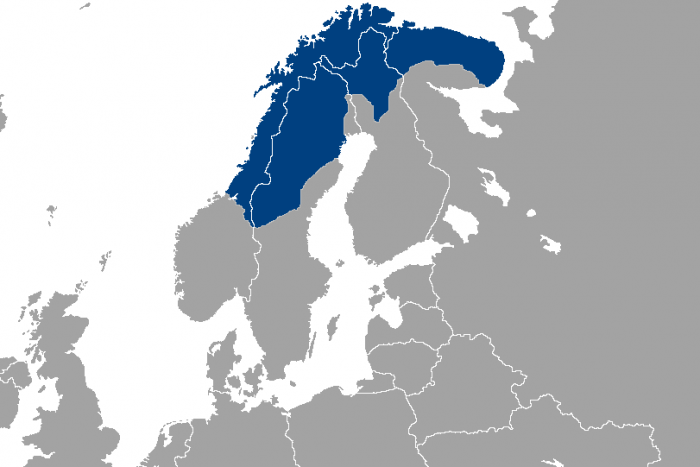
Sápmi area in Lapland, in the northern parts of Finland, Sweden, Norway and Russia. / Photo: Wikimedia Commons
Lack of teaching material
In the 1980s, the teaching of Sámi and other subjects in Sámi began to increase.
Today there are about 3,000 pupils in Sámi comprehensive and upper secondary schools in Norway. In Sweden, there are six Sámi schools. In Finland, the Sámi language is taught in all schools in the Sápmi area, and pupils are taught in Sámi in three major municipalities. A few students also receive Sámi language teaching outside the Sápmi area.
There is a shortage of appropriate and high-quality teaching material and a lack of qualified teachers in higher education.
Since the Sámi people do not live only within the borders of one nation, and the majority of them share a common language, cross-national cooperation within the minority is vital.
For example, the Sámi allaskuvla in Koutokeino, Norway is the only university in the Nordic countries, where the main language of teaching, research and administration is the Sámi language. The Sámi allaskuvla educates Sámi-language teachers and journalists from all the countries in the Sápmi area.
The greatest weakness of Sámi teaching in all the countries is that teaching in the language is not widely available after the elementary level. There is a shortage of appropriate and high-quality teaching material and a lack of qualified teachers in higher education.
“Some of the educational material such as maths books are used across the national borders. But since the curricula are decided on national level, this is not always possible,” says Rahko-Ravantti.
Education based on the needs of the area
Besides basic education there is one adult education centre for Sámi in Sweden and one in Finland.
Sámi Education institute, SOG, (Sámi oahpahusguovddáš) based in Inari, Finland, organises courses in Sámi culture and further vocational training. SOG provides further education that particularly profits the Sápmi area. For example, together with the University of Oulu they provide teacher education with special cultural aspects to work in Sámi-language schools and kindergartens.
However, the language used in teaching is Finnish in all but the Sámi-language and handicraft study modules.
“It all comes down to whether we have Sámi-speaking teachers or not. If we tried to have only Sámi-speaking teachers and students, there would only be a handful of us at the school”, says the SOG rector Eeva-Liisa Rasmus-Moilanen.
80-90 per cent of the students in contact teaching at SOG are from Sápmi area, but not necessarely Sámi or with the Sámi language skills. In the long run, the aim is increasingly to have Sámi as the language of teaching.
Tuition language question is the same in Education center for the Sámi (Samernas utbildningscentrum), based in Jokkmokk, Sweden. “We have students from all over the country, as well as from Finland and Norway. Most of the students do not speak fluent Sámi. The tuition is a flexible mix of Swedish and Sámi, always depending on the group and their level of language,” says the Rector Britt-Inger Tuorda.
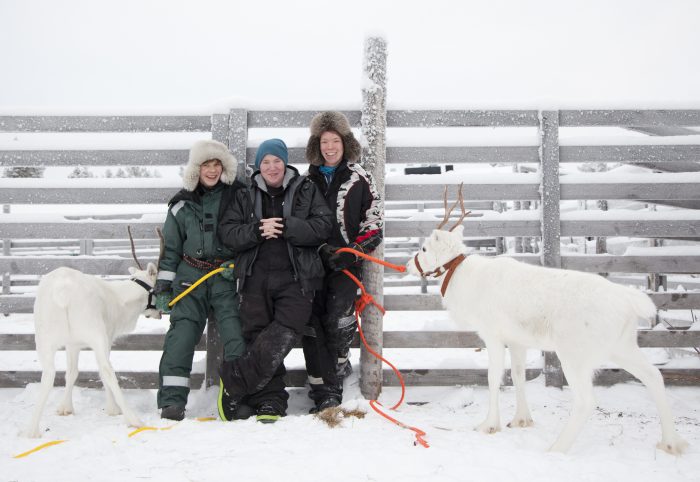
The Finnish SOG has specialised in digital distance learning in its language tuition. This caters not only for people living in other parts of the country but, since the geographical area of Lapland is so vast, also for the locals. / Photo: Ulla Isotalo/SOG
Digital learning solutions to cater for the diaspora
The Finnish SOG has specialised in digital distance learning in its language tuition. This caters not only for people living in other parts of the country but, since the geographical area of Lapland is so vast, also for the locals.
“Half of the distance education students are from our own area and half from other parts of the country. People living in the Sápmi area are motivated to learn the language to be able to work here, and it helps them to integrate into society. Or they have married a Sámi, so they want to learn the language better. We have university students and researchers also from abroad, who are keen to learn the language for their work,” says Rasmus-Moilanen.
Some students living outside of Lapland might be Sámi, but without competence in the language.
These students have remarked that studying the language as an adult has been really therapeutic for them.
“Because of the traumatic school experience of the older generations, some have cut the circle of transferring the Sámi culture and language to the younger generations. Now these young Sámi, who might not ever have lived in Lapland, are coming to us to learn, since they want to find and reinforce their heritage and identity,” says Rasmus-Moilanen.
In the past years, the same reason has increased the number of students at the Education Centre for the Sámi in Sweden. “People want to take their language back,” Tuorda says. Instead of web courses, the Education Centre for the Sámi has particularly concentrated on discussion classes where the focus is on spoken Sámi.
Rasmus-Moilanen says that students with fluent Sámi-speaking skills are also among those taking the Sámi courses. Since the older generations were never taught to write or read in Sámi at school, they now want to cover those aspects of the language as well.
“These students have remarked that studying the language as an adult has been really therapeutic for them. There are so many more positive aspects to studying the language than learning it by oneself. As the language skills deepen, the cultural identity strengthens. It has also increased the connections to the Sápmi area and these people are actually possible returnees.”
Cultural sensitivity as a basis for decisions
Besides having the customers scattered around over vast distances, there are ethical questions that an institute offering services for an ethnical minority has to take into account.
“We as an institution do not want to interfere with politics or debates, but we have to be aware of the state of the culture and make choices according to that, to avoid hurting anyone’s feelings,” Rasmus-Moilanen says.
“It is probable that the adult education centres of the dominant culture do not have to be so sensitive about these kinds of things,” Rasmus-Moilanen continues.
We train people because we know how to make duodji, and we need people who know how to make it right.
The change in the cultural environment has also set new demands for the adult education of the minority. Cultural heritage such as music, food, clothing and handicrafts does not get passed on to the next generation in the natural way as part of everyday life as it used to.
For example, inside the community there is much debate about who are allowed to wear duodji, the traditional Sámi handicraft.
“We do not want to set limits on who we train to make duodji. We train people because we know how to make duodji, and we need people who know how to make it right. Not everyone has time to make it themselves and the skills do not get passed on in the families. We have to accept that other people know the skills too, and this does not mean that people coming from outside the culture will start wearing the duodji,” Rasmus-Moilanen says.
Education center for the Sámi in Sweden has another kind of a policy.
“All the other study modules are open to apply for everyone, including the reindeer herding, except the duodji. In that we require the students to have a Sámi connection. We see that duodji is a cultural value of the Sámi people, that has been passed on from generation to another and that has to be kept that way,” rector Tuorda opinions.
If you would like to learn more about Sámi traditions and the work of Sámi Education institute, visit the institution’s website for an online exhibition including learner stories and workshop videos. Information is available in Sámi, Finnish and English.
Author
